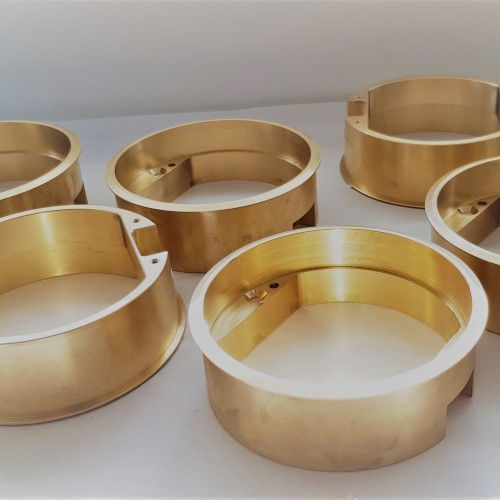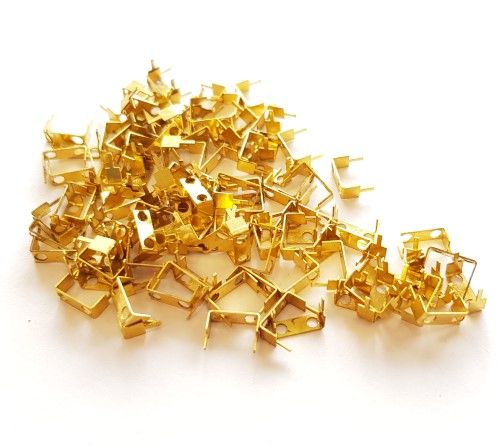Custom Manufacturing of low-medium volume by CNC machining
What is CNC Machining
CNC, stands for Computer Numerical Control, applies to machine control system but erroneously used as a replacement term for NC. CNC is a generic term for vast field of numerical controllers. Our application is related to CNC Milling; used for machining complex parts and shapes hard to machine with conventional machines. Firstly cutter path is generated direct from the CAD model, which is transferred to machine controller in the form of numerical data. This data is used to move the machine table and tool to create the high precision jobs.
How CNC Machining Process works:
CNC Machining is form of subtractive manufacturing, means process starts with solid block of raw material and extra material is precisely removed by sharp cutters. Machining process is entirely opposite to additive manufacturing whereby material is added layer by layer.
Much of modern day machining is carried out by computer numerical control (CNC), in which computers are used to control the movement and operation of the mills, lathes, and other cutting machines.
Typical 3-axis CNC Mill consist of a table to hold the work piece that moves in X and Y axes. This workpiece is formed into finished shape by cutting step by step with a sharp tool, known as cutter.
This cutter is tightly clamped in a spindle which spins at high RPM and moves vertically up and down or in horizontal direction depends upon the machine configuration. Generally in 3d machining all X, Y and Z axis move simultaneously.
For complex parts 5-axis machining is used where machine head and table can also swivel in real time. All these machine movements are controlled by cutter path which is generated by CAD/CAM software and transferred to the machine controller in the form of numerical data also known as G-code.

Advantages of CNC Machining
- Parts can be machined directly out of engineering grade plastics, ferrous or non ferrous metals.
- Suitable for accurate and highly finished parts.
- Economical for small to low volume production parts.
- Generally large and bulky parts are economical by cnc machining compared to additive Rapid Prototyping processes because most of RP proprietary materials are expensive.
Limitations of CNC Process
- Need to spend considerable time for programming and checking before actual machining.
- Sharp corners are not possible due to cutter radius which need to be sharpened by secondary operations if required.
- Undercuts are difficult to machine in single setup as opposed to most of RP processes.
- Deep and narrow pockets/slots are difficult to machine.
General applications of CNC machined parts
- Conceptual models for for effectively evaluating, optimising and communicating your design
- End use products without spending on tooling, moulding
- Functional CNC machined parts allow you to test in real world environments
- CNC machined parts can be directly used for tools such as Jigs and fixtures, production or thermoforming tooling
- Automotive, Aerospace companies use CNC technology to create functional and production parts
- Medical, Healthcare and Defence industries use CNC products for form, fit and functional analysis
- Electronics and Electrical housings, Packaging Goods, Consumer products
Use CNC Machining for:
- Functional prototypes with high mechanical and thermal resistance
- Parts directly machined out of engineering grade plastics, ferrous or non ferrous metals.
- For accurate and highly finished parts.
- For small to medium size batch production.
More info about CNC Process
Please visit our cnc dedicated website at www.cncprotos.com.au


